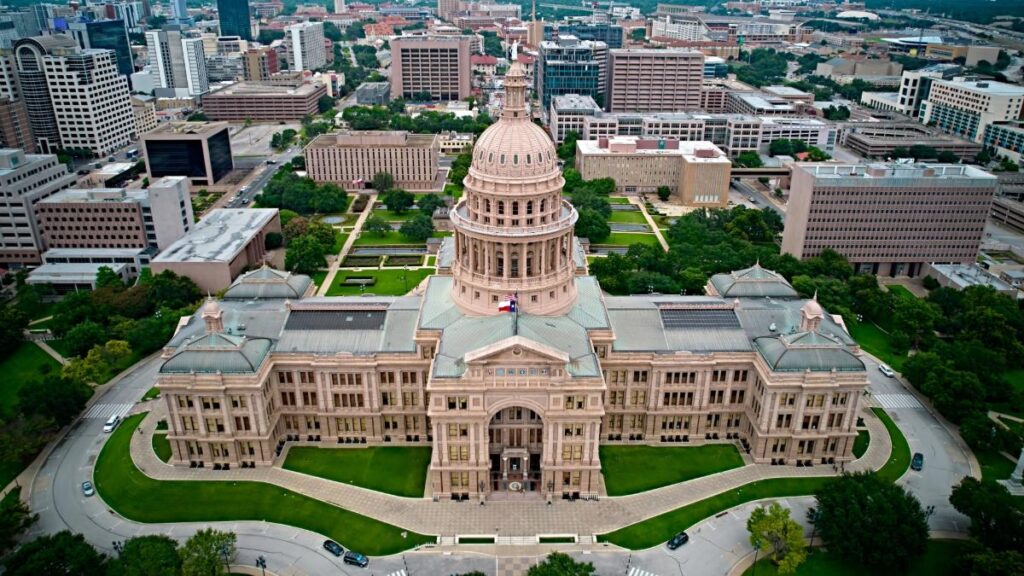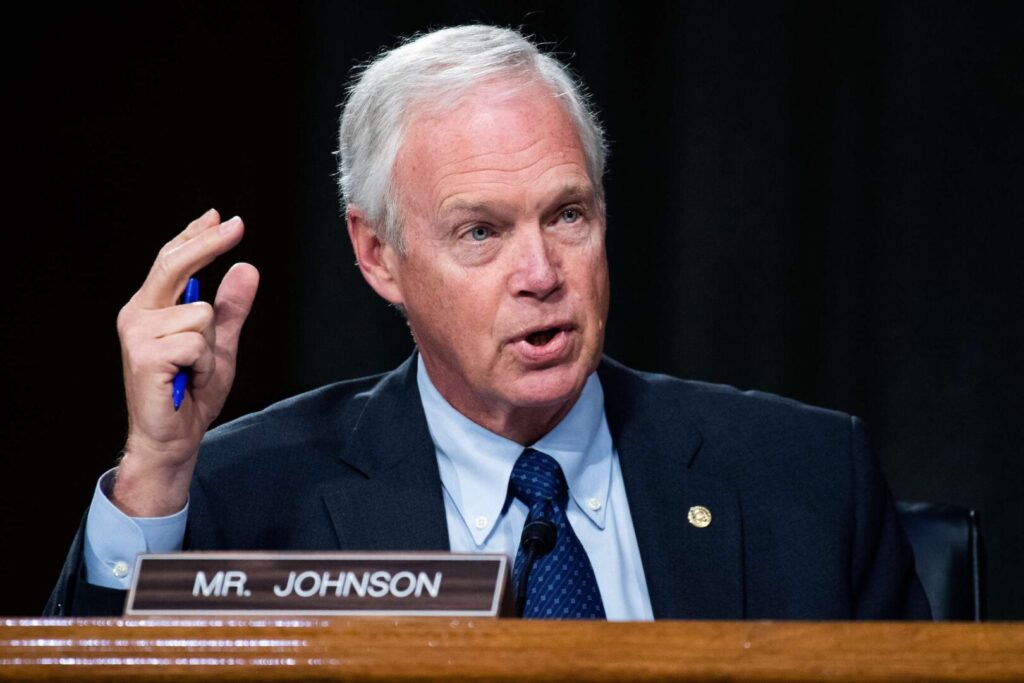President Donald Trump is pressuring Texas Republicans to create five new GOP congressional seats in a mid-decade redistricting effort set to begin next week, a move that could significantly reshape the state’s political landscape ahead of the 2026 elections.
Trump confirmed on his Truth Social platform that he had spoken with “our Great Congressmen and women of Texas” and later told reporters, “I think we’ll get five,” referring to the number of additional Republican-leaning districts he expects. “And there could be some other states we’re going to get another three, or four or five in addition. Texas would be the biggest one.”
Republicans currently control 25 of Texas’ 38 congressional districts. Gaining five more would mean nearly 80% of the state’s House delegation would be Republican — a stark contrast to Trump’s 56% share of the Texas vote in the 2024 presidential election.
Democrats Push Back
Texas Democrats immediately criticized the proposed redistricting as a political power grab.
“A desperate president is doing whatever it takes to cling to power,” said U.S. Rep. Lloyd Doggett, D-Austin, during a news conference alongside fellow Democratic lawmakers from Texas. “Make no mistake, there will not be a Texas map. There is a Trump map.”
Doggett, the senior member of the Texas delegation, accused the GOP of attempting to redraw districts not for representation, but to entrench political power. “I won’t be asking them [the Legislature] to protect my seat, nor should any member of this delegation,” he said. “What we’ll be doing is asking them to protect democracy.”
Abbott Adds Redistricting to Special Session
Gov. Greg Abbott added congressional redistricting to the agenda for the 30-day special legislative session that opens Monday. Although redistricting is typically tied to the decennial census, mid-decade redrawing is not prohibited by federal law. Still, reaching Trump’s target may carry political risks, according to analysts.
“Where are they going to find five more seats?” asked Jon Taylor, a political science professor at the University of Texas at San Antonio. He noted that to achieve such gains, Republicans may have to weaken some of their currently safe districts by absorbing more Democratic voters.
The current map, drawn by GOP lawmakers and signed by Abbott in 2021, already maximizes Republican advantage. Much of the state remains deep red, with blue pockets primarily around urban centers and South Texas. Democrats currently hold 12 seats, with a 13th vacant since the March death of U.S. Rep. Sylvester Turner.
GOP Eyes South Texas Gains
Republicans made inroads in South Texas in 2024, flipping one district. Sen. John Cornyn expressed optimism that Hispanic voters in the region will continue to trend toward the GOP.
“Hispanic voters in Texas have rapidly shifted in favor of the GOP, in large part thanks to @realdonaldtrump, so a mid-decade redistricting will mean significant gains for Texas Republicans,” Cornyn posted on X.
Concerns Over Voter Dilution
Democratic lawmakers including U.S. Reps. Joaquin Castro of San Antonio, Jasmine Crockett of Dallas, and Houston-area members Lizzie Fletcher and Al Green have voiced concern that the redistricting effort could further erode their party’s influence.
The GOP currently holds a narrow 220-212 advantage in the U.S. House, with three vacant seats. The addition of five Republican-leaning districts from Texas would bolster that margin significantly, potentially helping Trump and his allies consolidate legislative control if Republicans retain the White House and both chambers of Congress.
As the special session begins, all eyes will be on Texas — where the fight over congressional boundaries has once again become a proxy war over the future of democracy and political power in the nation’s second-most populous state.



